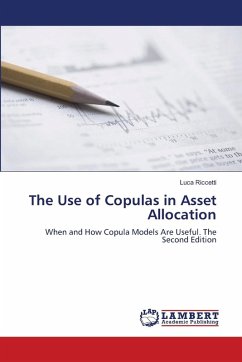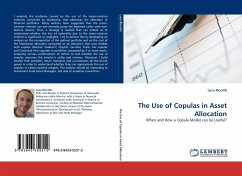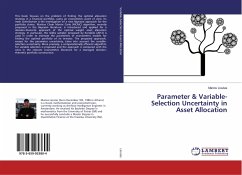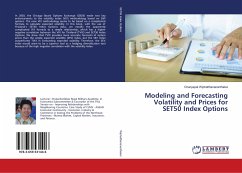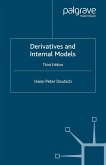This study critically examines the limitations of the mean-variance criterion, developed by Markowitz, in portfolio allocation-particularly when returns deviate from Normality. Since expected utility cannot always be accurately represented under non-Normal return distributions, the author explores whether the loss of optimality in using the mean-variance approach is significant or negligible. Through a comparative analysis of optimal portfolio compositions, the research evaluates the cost of the Markowitz allocation versus strategies based on copula models (Normal, Student-t, Clayton, Gumbel, Frank, mixed, and Canonical Vine copulas). Portfolios of two or more assets and various index combinations are used to assess whether copula-based models enhance investor utility and returns. The study also investigates whether incorporating higher-order moments and co-moments (up to the fourth) can approximate copula-based optimization. This research is particularly relevant for investment fund asset managers and academic researchers seeking advanced tools in financial econometrics.
Bitte wählen Sie Ihr Anliegen aus.
Rechnungen
Retourenschein anfordern
Bestellstatus
Storno

